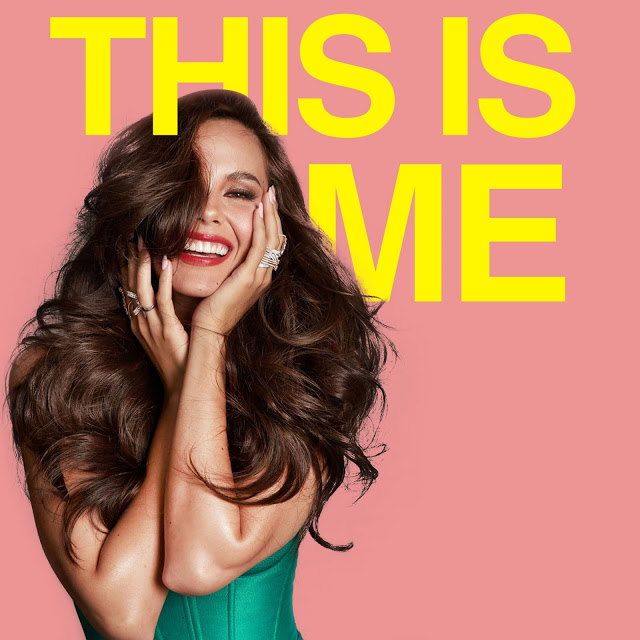
In the 1980s, women in the Philippines had a pivotal turn in society. Countless women joined in the movement to make the Philippines a more inclusive country among the many rallies against the administration at the time.
Before the women’s movement, queer women felt ignored. Lesbian concerns were being tucked under women’s and feminist studies, which were heterosexual in nature at the time. Even during the gay movement, lesbian women were seen only as female versions of homosexual men. Discontented by being silent, the lesbian community wanted their voices to be heard among the fight against the dictatorship. Eventually, the underground women’s organization MAKIBAKA released a position paper that included sexual orientation as part of the gender equality movement.
The inclusion of the queer women in the conversation about equal rights for women spurred a cascade of change. Later in the 1990s, gender and sexuality was a major concern in the women’s movement leading to the formation of several political groups that centered around the matter.

Today, ensuring that the Philippines is a safe place for all women is still among the country’s top priorities. With the Safe Streets, Workplaces, and Public Spaces Act of 2017 signed into law, gender-based harassment is now punishable. With the development in the Philippine society, we are now moving towards pursuing the Sexual Orientation, Gender Identity and Expression (SOGIE) Bill to become a law.
However there are times that public restrooms, train stations, and even pubs and bars have become a battleground for members of the LGBTQ community. What happened to Ms. Gretchen Diez, and is still happening to other members of the trans community was not only heartbreaking but harrowing. These are the moments that empower our community to come together and stand for what is fair and just.
We need to create a safe Philippines where all of its citizens and residents -whatever their sex or SOGIE. This can start with a safe space to perform human bodily functions.
Inclusivity is not simply accepting one sect of society into the mainstream. It extends to acknowledging that different factors intersect and affect access to services and facilities that were made for everyone. It involves listening to marginalized communities and working towards equal rights and quality of services.
Text by Yuki Asato & Carlos Diego A. Rozul
References
1 https://www.journals.upd.edu.ph/index.php/kasarinlan/article/viewFile/1077/1109
2 https://carpolaw.com/anti-catcalling-and-street-harassment-act-signed-into-law/


